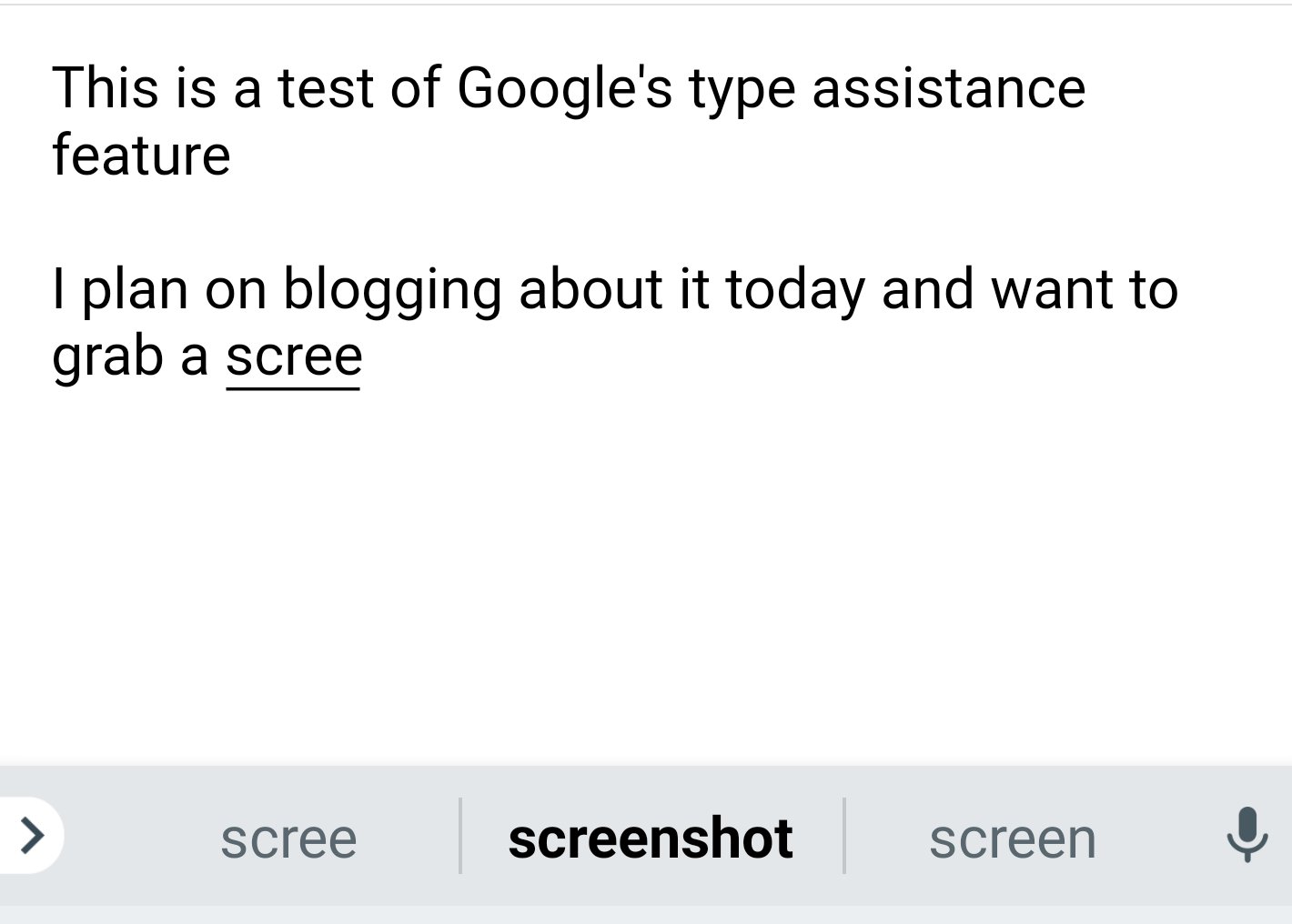When someone asks you how much of a company you own, the answer could be two very different numbers. You might own 10,000 shares and there might be 1mm shares issued and outstanding. That would suggest you own 1% of the company. And that would be correct, as of right now.
What is often not calculated in these sorts of numbers is future dilution, particularly dilution that is visible if you look closely. The most common form of future dilution that is visible are outstanding options and warrants to issue stock that have not been exercised.
Let’s say this fictional company that has 1mm shares outstanding also has a 20% unissued option pool (so 200,000 options in it), and lenders have warrants to purchase 50,000 shares.
That would be another 250,000 shares that are not issued, but will be at some point, making the “fully diluted shares outstanding” equal to 1.25mm, and your 10,000 shares now represent 0.8% of the company. That is your “fully diluted ownership.”
Nowhere is this issue more important than the crypto token sector. There are many crypto tokens trading in the market that have a relatively small amount of their total supply outstanding and the market value numbers on many of the sites that track this market are a bit misleading.
For this reason, I like the concept of “year 2050 market cap” that the site OnChainFx reports.
Take Numeraire, a token issued by our portfolio company Numerai, and a token that USV owns some of (that is a disclosure if anyone is confused).
Coinmarketcap reports Numeraire’s market cap at roughly $7mm suggesting that you could purchase 1% of Numeraire for $70k.
But by 2050, there will be a lot more Numeraire out there and as OnChainFX reports, the 2050 Market Cap is more like $110mm. It would take more like $1mm to purchase 1% of Numeraire’s total supply.
This concept of a market cap that includes future dilution is called a “Fully Diluted Market Value” and it is something investors need to be focused on when thinking about value, upside, and dilution.

